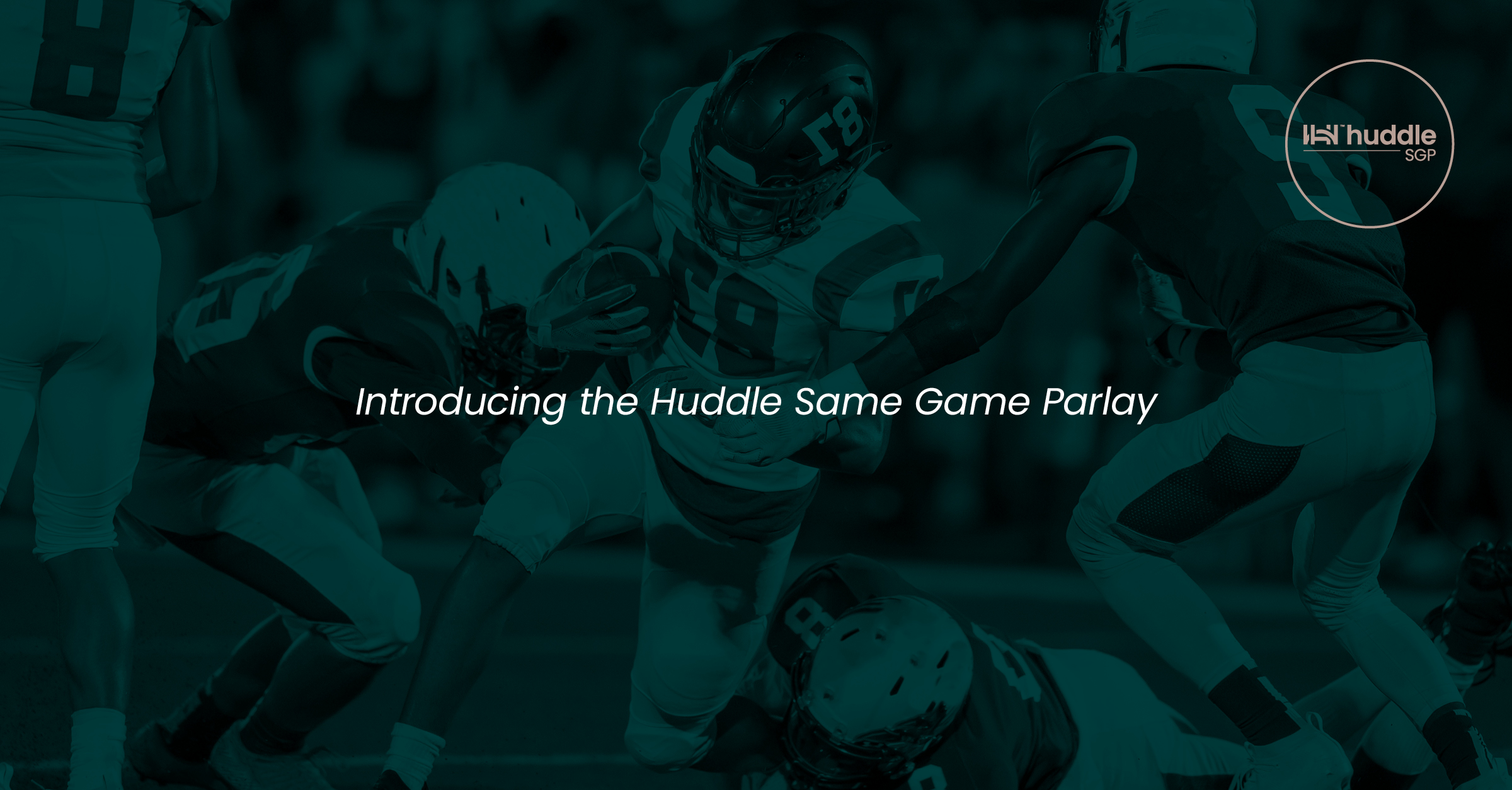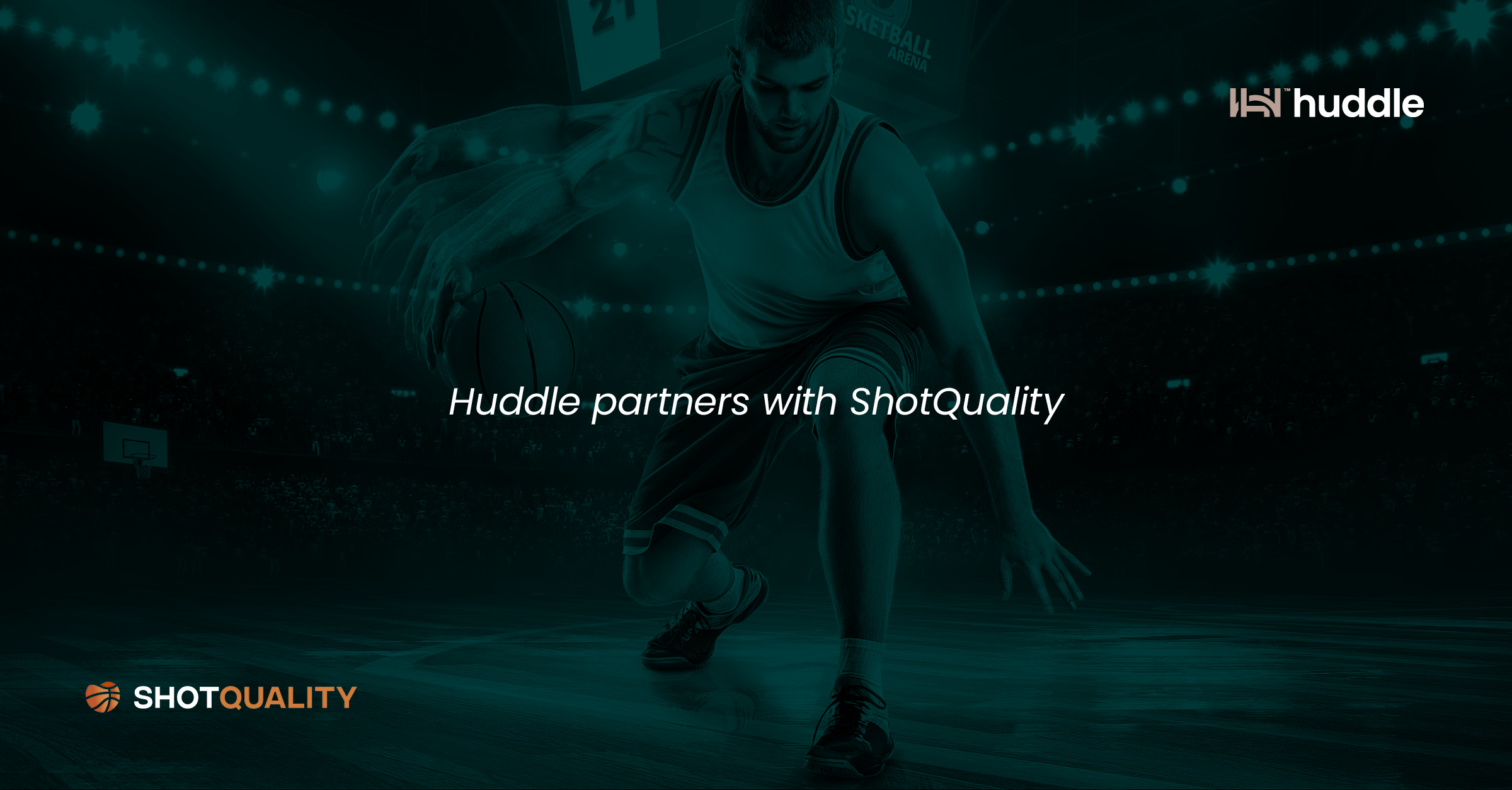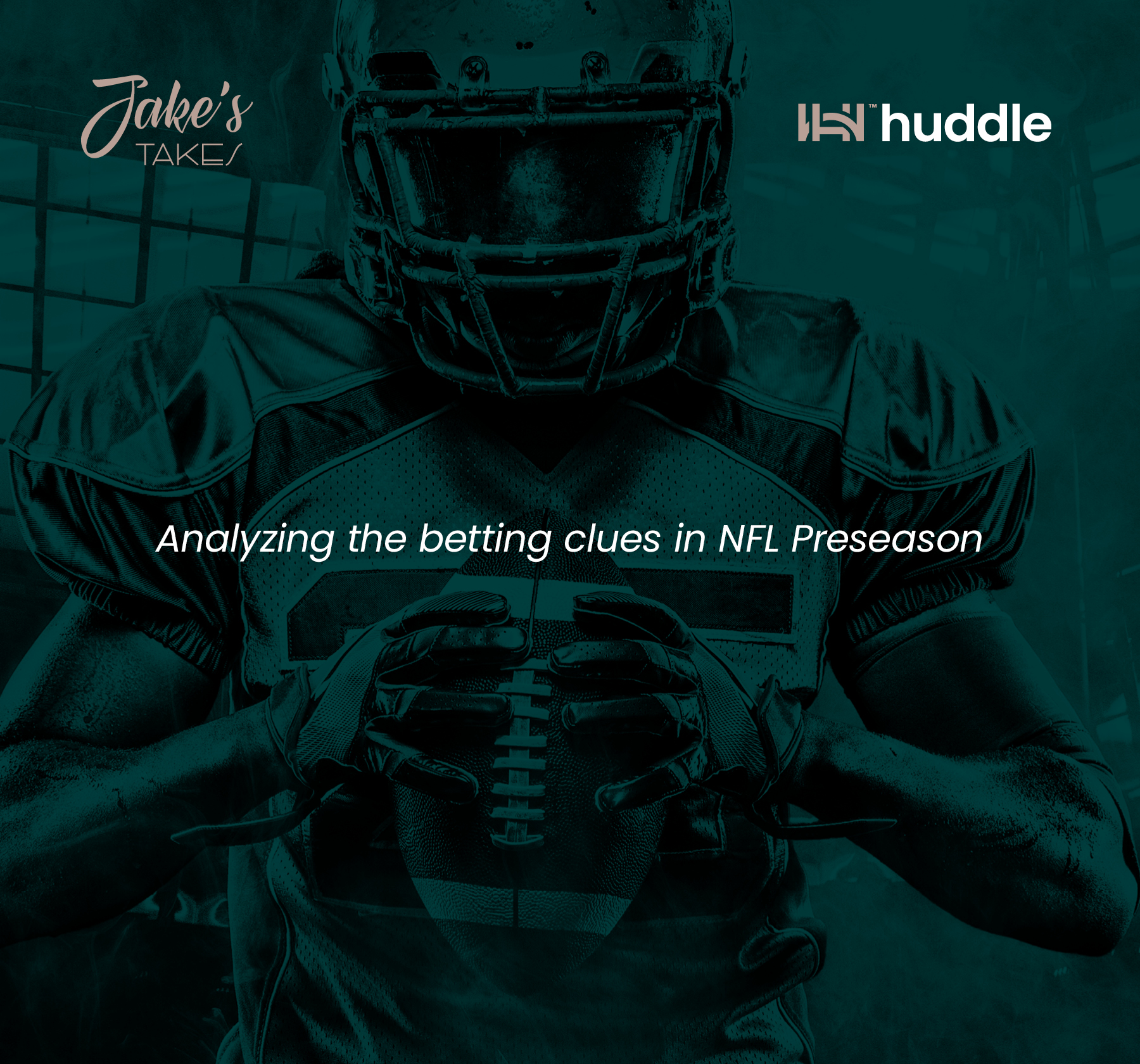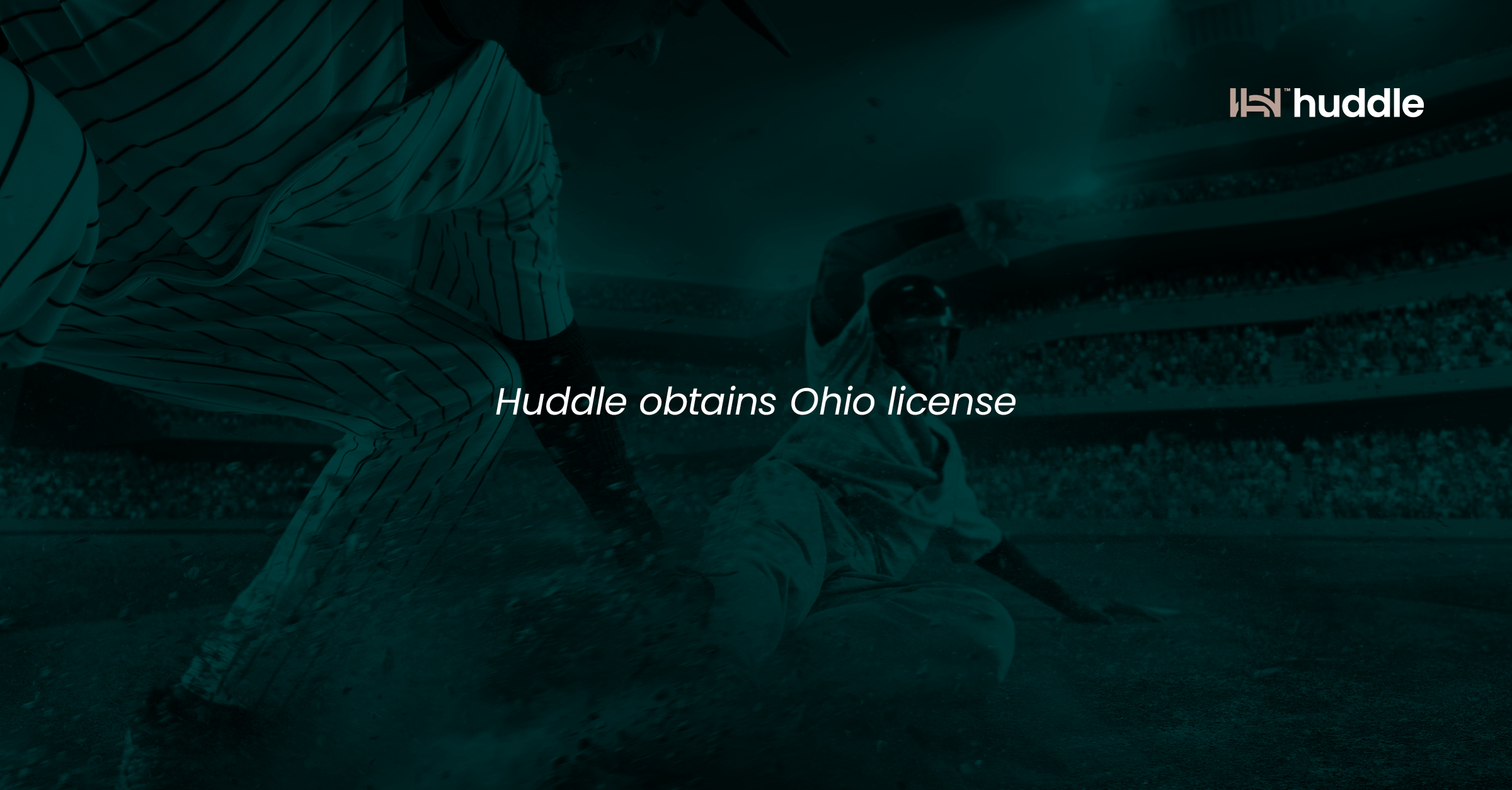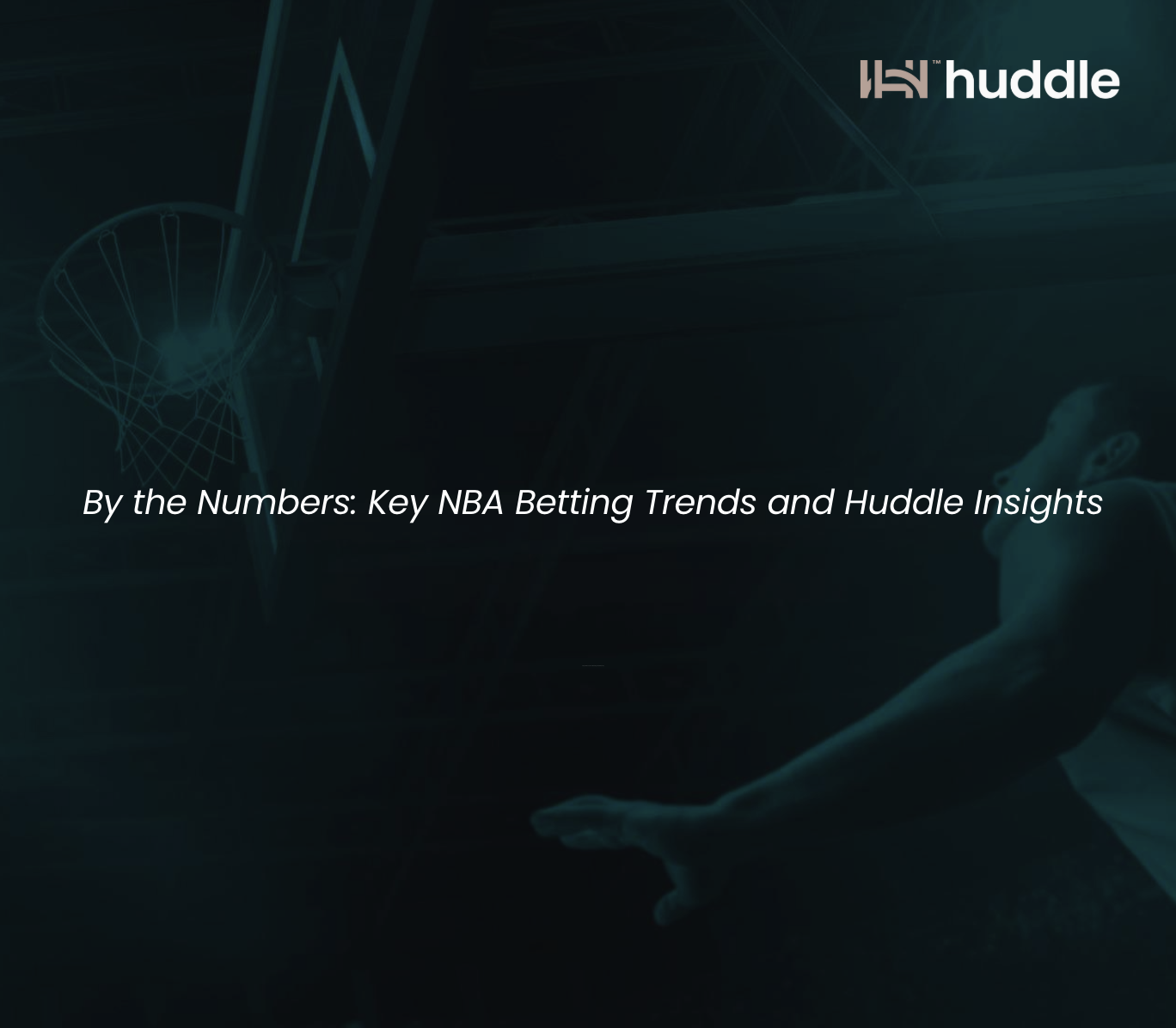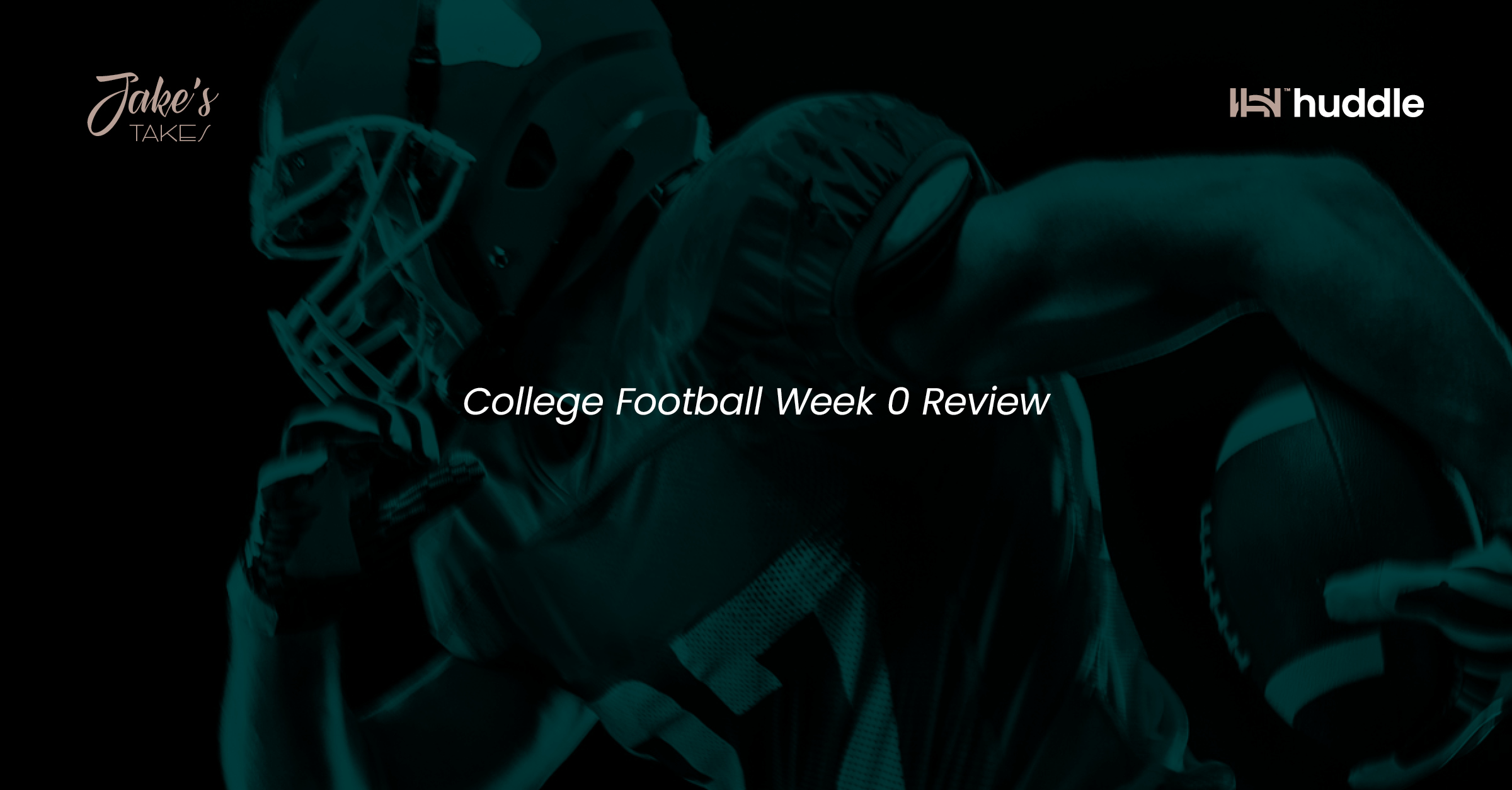
Q&A With Dylan Mitchard: Exploring Regional Variations of Micro Markets and Player Props in Europe vs. North America
Blog
Q&A With Dylan Mitchard: Exploring Regional Variations of Micro Markets and Player Props in Europe vs. North America
One of the biggest questions for sportsbooks in the United States, immediately after the repeal of PASPA, was whether or not the rise of micro-betting would eventually pay dividends, or if it was just a fad. You may remember my discussion with Dylan Mitchard, the VP of Business Development of Huddle, where we discussed this exact topic. A few months later and into the playoffs for both the NHL and NBA, it would seem that micro-betting has cemented its place in the sports betting industry.
Today, I’ll be chatting with Dylan again about micros and player props and their place in the sports betting ecosystem. I want to get a comprehensive look and understanding at the current state of these micro markets, trends that Dylan has noticed, and the potential for more growth. We also are going to tackle their viability in different geographic regions, like the comparison of growth potential of American sports versus European sports. How will American football (where more micro-markets are available) fare compared to soccer?
Understanding Micro Markets and Huddle's Offerings
Jake: To kick things off, let’s do a quick check-in for our readers. Can you go over what exactly micro markets are (in the context of sports betting) and what Huddle offers?
Dylan: Micro markets and player props are two different types of bets in sports betting. Micro markets let you bet on specific moments during a game in real-time, giving you instant excitement. Player props are bets on how individual players will perform.
Huddle provides a one-stop-shop solution, offering full market integration, same-game parlays, player props, micros, pre-game, and in-play offerings with industry-leading uptime and bespoke margin functionality. It makes things easier for betting operators by offering everything in one place, reducing the need for multiple contracts and integrations. Before Huddle, operators had to deal with multiple providers, each with their own contracts and fees, which could get complicated and costly very quickly.
In summary, Huddle simplifies the process for operators, making it easier and more cost-effective to offer a wide range of betting options to their customers.
The Future of Sports Betting: Micro Markets and Player Props
Jake: It’s been said that micros might be considered the “future of sports betting,” especially in comparison to more traditional forms of betting. Do you think there’s validity to that claim?
Dylan: I think it probably has evolved. And yes, there’s definitely an argument to be made that micro-markets (and player props) are in fact the future of sports betting. You have to look at the way the world is moving in terms of media and instant gratification. They go hand in hand (sports and media + the rise of social media). Ultimately, sports betting is content, and people want to consume content. You’re talking about a massive entertainment factor.
You have 90 minute soccer matches, NFL games that take two plus hours, MLB games that last between two and three hours… In the new sports era, leagues and federations are already having the conversation about changing the format of their sporting events. Newer generations, like Gen Z and millennials, don’t necessarily have the attention span to enjoy a three hour long sporting event. They cannot consume that content, and they’re not constantly engaged. They’d rather watch the five-minute highlight reel of each game or match, versus watching the entirety of it.
Jake: So how do these major sports leagues stay with the times? What would you do?
Dylan: The world is changing, as is the audience. They have to cater to their market, or risk losing a large percentage of it. Sports betting is seeing that direct impact, and they’re seeing the potential and buzz around how to minimize those losses. How? Instant gratification betting opportunities around micro-betting. That casino-type of gratification allows for cross-selling casinos to sportsbooks and vice versa. So you end up being able to grow both verticals of business. But that matters for different geographical locations, i.e. America versus Europe.
Geographic Differences in Micro-Market Adoption
Jake: What factors contribute to the potential visibility of micros and player props in different geographic regions? Is there actually that much of a difference between America and Europe, or is the difference really limited to minimal factors
Dylan: There's definitely a gap. In American sports, there's real action in those early minutes of a game. You can place bets on micro-markets and player props right at the start, and it matters. But in European sports, like soccer, nobody's really interested in betting on the first ten minutes. It's just not a big deal.
Player props are a bigger deal than micros, mainly because of the superstar effect we talked about before. But with American sports, the way the games are structured, with innings or quarters, it's perfect for micro-market betting. European leagues don't have that same rhythm, so there's less demand for micro-markets. Those early-game moments are way more significant there as American sports just lend themselves to these betting opportunities better. They're higher scoring, with more action-packed moments, especially compared to soccer. So yes, the differences are pretty clear-cut.
Jake: Are there any more “European sports” that you think either now or in the future could have the proper cadence for micro-market success in the same way that American sports currently do?
Dylan: When you say micro-markets, ultimately, it’s a phrase that has been really brought to the forefront in the last few years. But there’s an argument that micro-markets have been around for the past decade in tennis. Next point markets have been around at least that long. And that’s dramatically risen – and what’s driven that growth has been data access.
Challenges and Opportunities for Micro-Market Growth
Jake: Are there any challenges that Huddle has faced or feels need to be addressed for micros to gain widespread acceptance and adoption in the industry?
Dylan: Widespread acceptance comes when people realize that you need micro-markets to cater to a niche but growing subset of sports bettors’ desires, but also that you have people who will pick your book exclusively because you offer it and someone else does not.
Huddle's appeal from a commercial standpoint lies in its consolidation of various market types, eliminating the need to engage multiple providers. Previously, operators had to source from different entities for micro-betting, player-prop, and traditional markets, whereas Huddle offers all under one roof. This integration, coupled with its reliability and focus on sharp money-driven services, positions Huddle as an attractive choice for operators seeking efficiency and comprehensive market coverage.
Jake: Looking ahead, do you believe that micros and player props will ultimately become the dominant form of sports betting? Or do you think that while they’ll gain widespread acceptance, they’ll still be a niche within a larger industry offering?
Dylan: This debate mirrors past discussions about pre-match versus in-play feasibility. Initially, in-play betting seemed like a novelty, yet it gained traction due to shifts in entertainment consumption patterns. Similarly, the rise of online betting caught many off guard, but it flourished thanks to technological advancements and connectivity.
I firmly believe that micros and player props will experience a surge in popularity, mirroring broader trends in media consumption. As the media landscape evolves, so too should the sports betting industry. Moreover, the emergence of superstar athletes transcending leagues and teams has reshaped fan loyalty dynamics. Take, for instance, the global appeal of players like Messi, who can single-handedly draw attention and drive betting activity regardless of their team or league affiliation.
In essence, fans are becoming less loyal to the team and more loyal to the player because of this, and that’s creating greater opportunities for betting.

